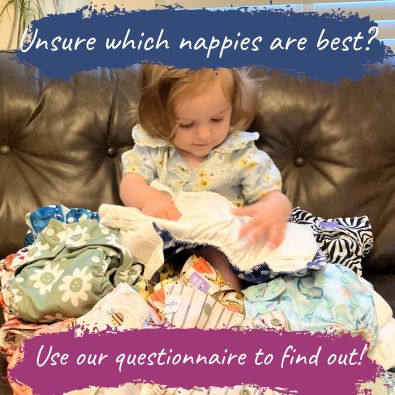All About Wipes
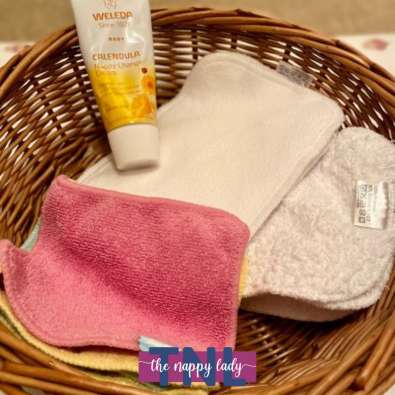
Midwives and health visitors routinely advise using just water to clean newborn babies' bottoms, because of the harsh chemicals that can be found in many commercial single use wet wipes. Next time you are in the shop, take a look at the cocktail of chemicals that go together to make a baby wipe. Also, bear this in mind: these wipes are fantastic for removing ink marks that nothing else will shift, on all sorts of surfaces. Can something that powerful really be good for a baby's skin? There are now some wipes supposedly specifically for newborns, but look at the ingredients and draw your own conclusions.
Whenever you change a nappy, and whatever nappies or wipes you use, you should clean baby's bottom area carefully. This is especially true if it is a dirty nappy - make sure you get into all those folds of skin to clean up the poo, but don't go poking around inside any genitals - the body has its own self clean mechanism to deal with inaccessible bits, and you should not interfere with that mechanism. Make sure you clean the whole nappy area, up to the tummy and down the thighs, not just the genitals.
There are a number of materials you can use to clean baby's bottom:
But you may find this leaves bits of fluff everywhere. It is much cheaper to buy cotton wool on a roll rather than in balls (and the balls are such a fiddly size anyway).
Commercial Wipes
Very convenient, as no water is needed, but expensive and can sting if baby has nappy rash.
Washable Terry Wipes
Very environmentally friendly, as they just go in the bucket with the dirty cloth nappy, or a separate container or wet bag if you use disposable nappies. They cost nothing after initial purchase. You're in control of what is used on baby's skin: you can use just plain water or create your own wipes solution. They clean up a pooey mucky baby much quicker than any disposable wipe as the texture of a washable wipe grips those last bits of poo.
Take a look at some of our best selling washable wipes:
Bounty Kitchen Roll
Yes, really! Cut the Bounty kitchen roll in half with a sharp knife, place one half into a large wipes box/Tupperware box and pour the wipes lotion over it. When soaked through, remove the inner cardboard tube and hey presto you have a roll of disposable tear off wipes!
Washable Wipes Recipes
You may like to use the following recipe variations to add cleanser to your wipes or cotton wool, which make the mixture much nicer than simple water. You simply mix the ingredients in a bottle, then tip it over your wipes in a plastic wipes tub until they are wet through. Where essential oils are mentioned, please be sparing with these. Bear in mind that the wash mixture should be changed every few days, to prevent it from going rancid.
Basic Recipe
- One and a half cups of warm water
- 2 x tbs baby oil
- 2 x tbs baby wash (e.g. liquid baby soap)
Even More Basic Recipe
- Plain Water
Alternative Wash Recipe 1
- 1 x camomile tea bag
- Baby oil
This is very soothing for baby skin. Approximate proportions are two tea bags, two mugs of water and a couple of teaspoons of oil.
Soothing Nappy Rash Recipe
- 1 x Honey and Camomile Tea Bag
A variation I have used is simply a camomile and honey tea bag in water that has been allowed to cool - when my first son was teething and had very caustic poo, this was the only wash he allowed near his bottom. Honey is a natural antiseptic without stinging, and so aids the healing process enormously. In fact, the results were nothing short of amazing. I know one lady whose son had such severe nappy rash that he required hydrocortisone injections. She soaked a flannel with this mixture (slightly warm), which she laid on the night nappy - within 24 hours, the rash was gone.
Alternative Wash Recipe 2
- 1 x camomile tea bag
- 1 x cup of hot water
- 1 x teaspoon oil (Coconut oil, olive oil or baby oil)
- 1 x teaspoon Baby bath or shampoo
Brew the teabag in the hot water & allow to cool slightly. Poor into a screw top jar (jam jar or similar), add the oil, baby bath/shampoo & shake well to mix.
Poppets Cloth Wipe Solution
Nappy Rash Advice
If your little one is struggling with nappy rash then read our nappy rash advice article from Nappy Lady Ambassador Dr Kiran Rahim.
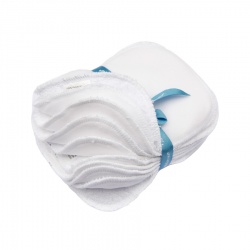
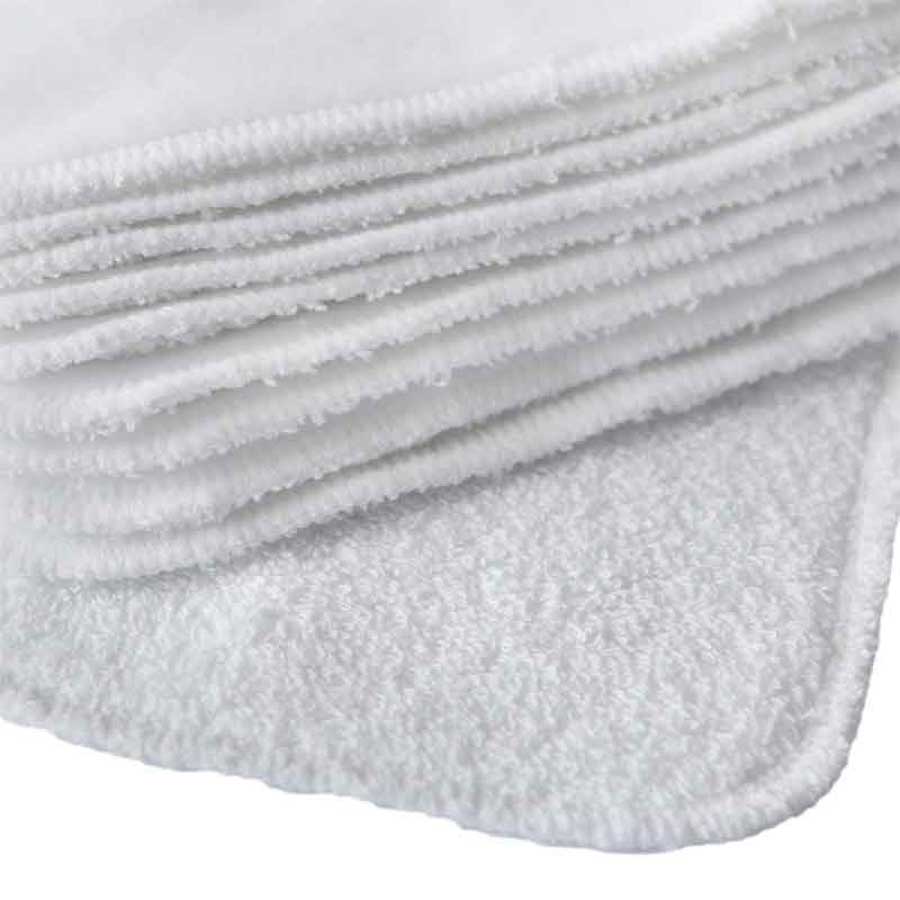
.jpg)
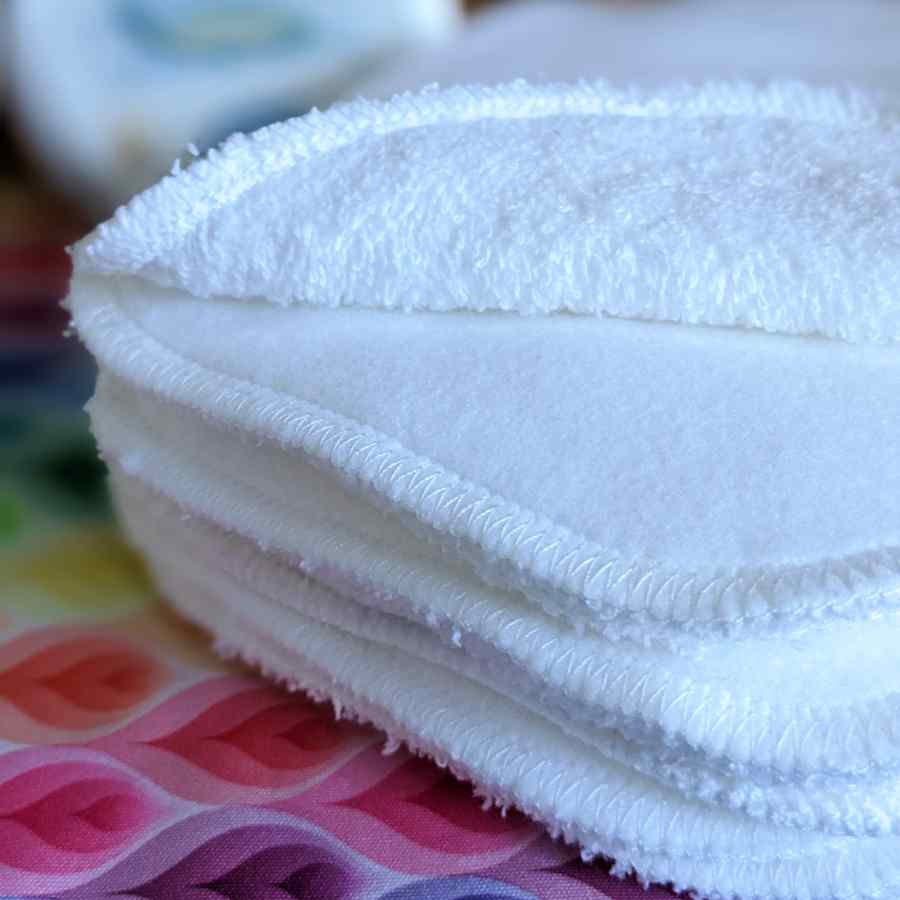
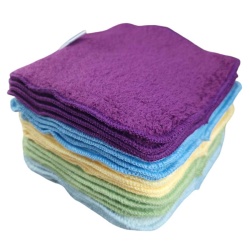
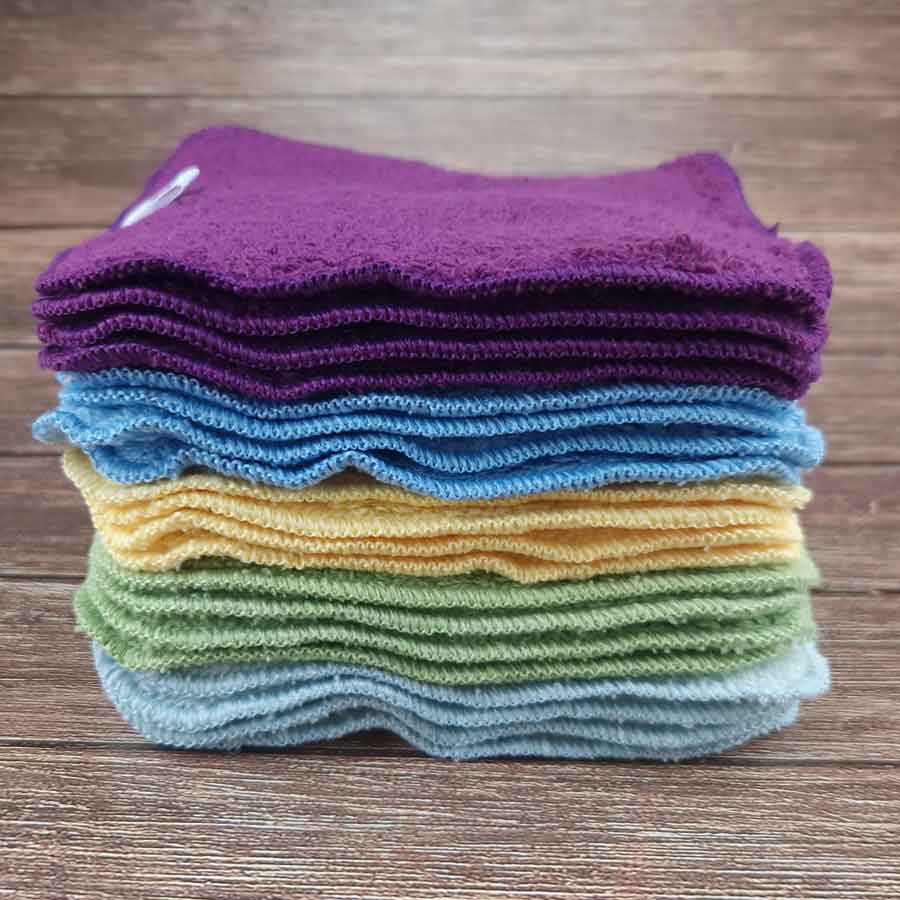
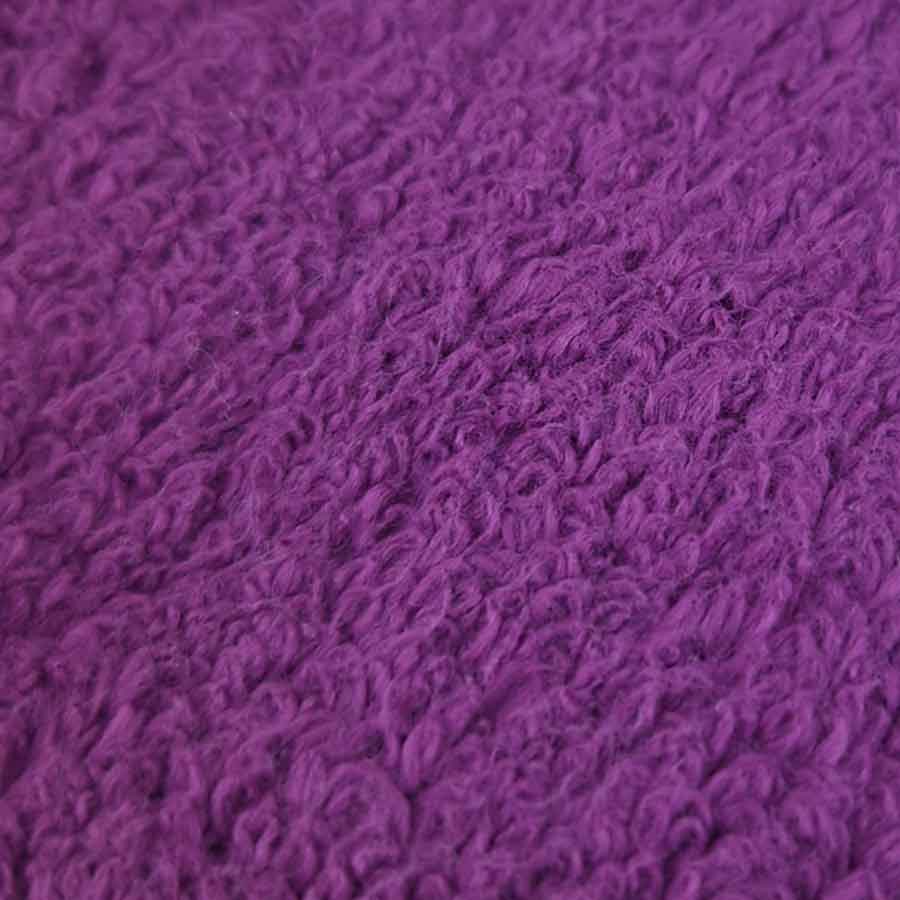
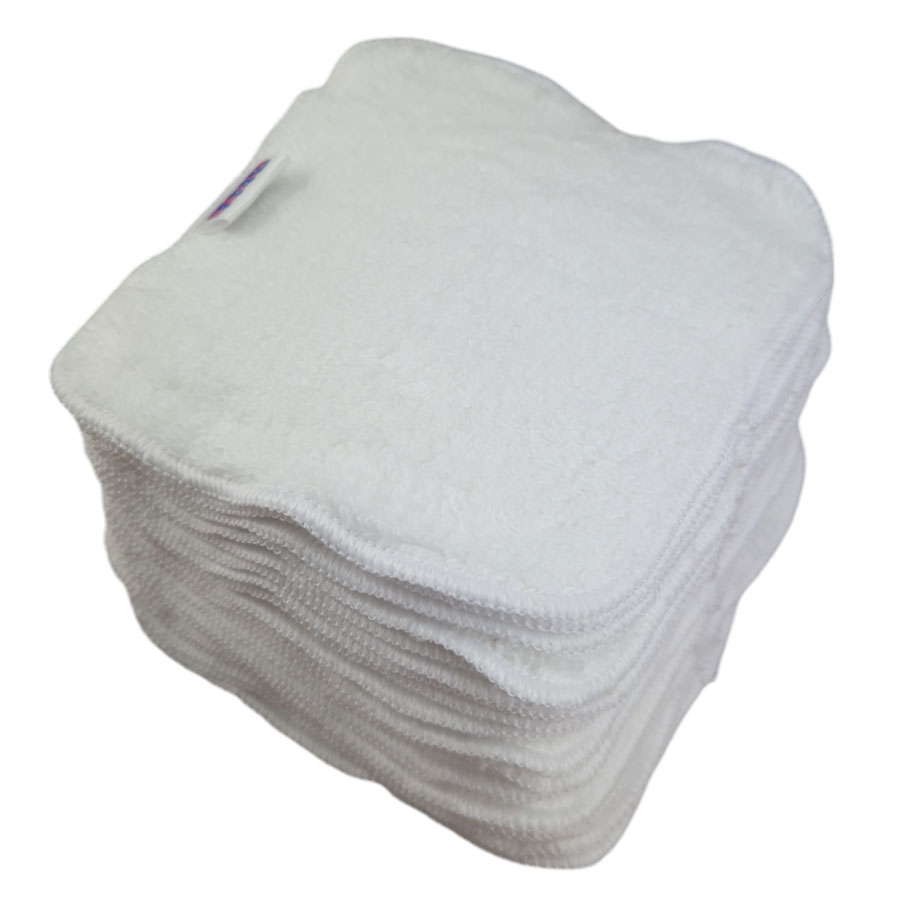
.jpg)
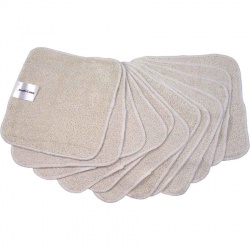
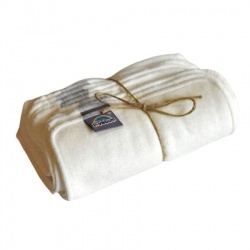
.jpg)
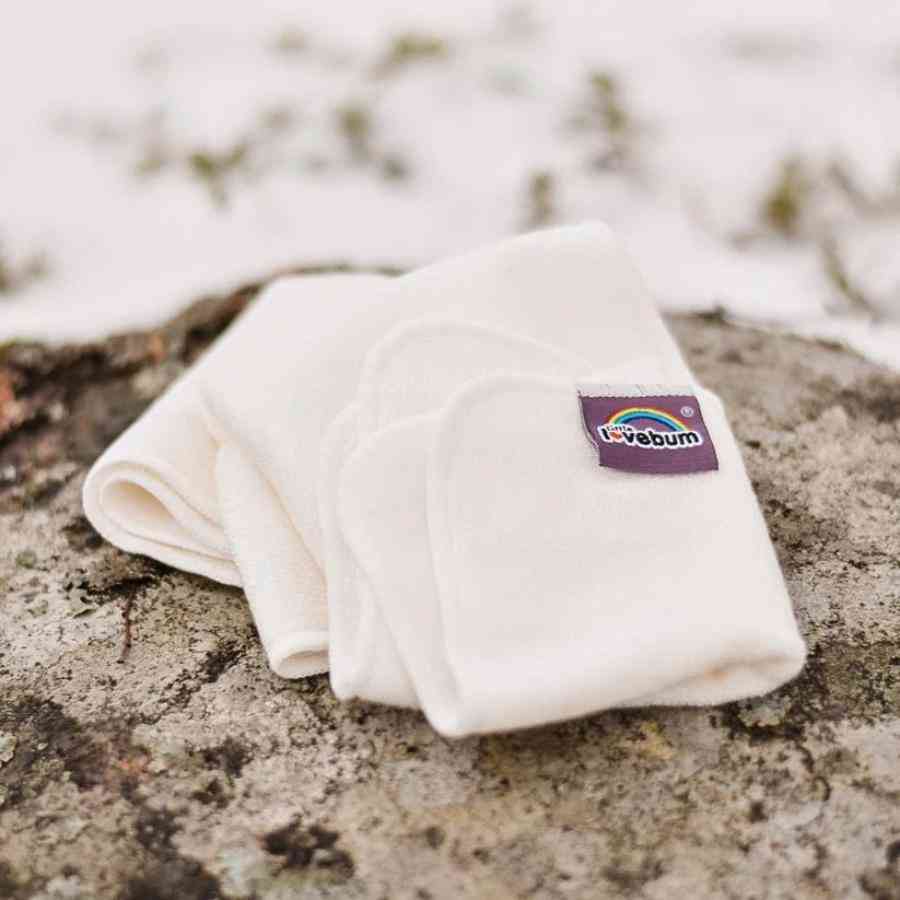
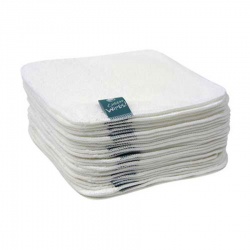
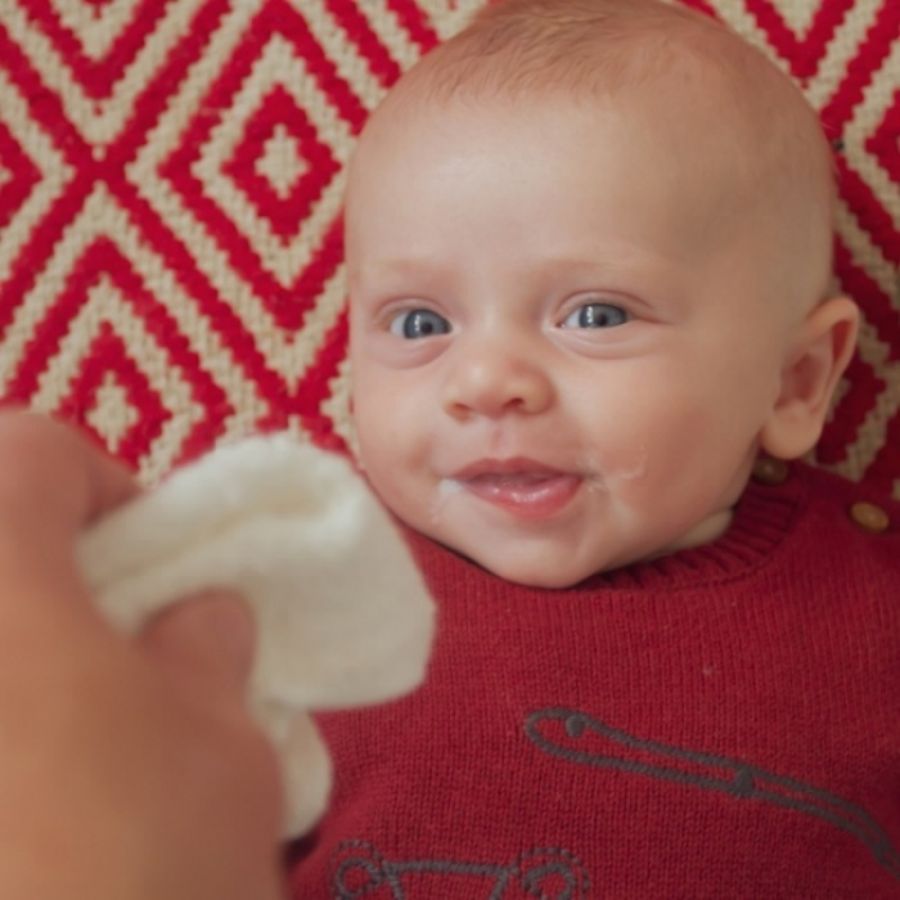
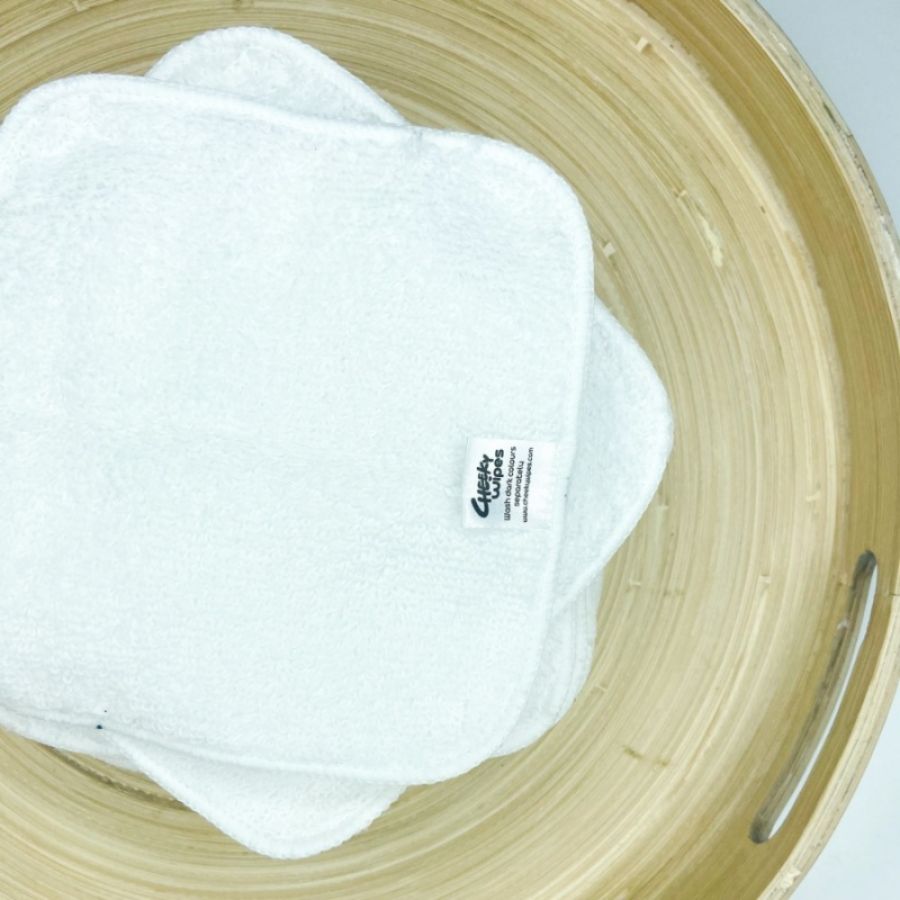
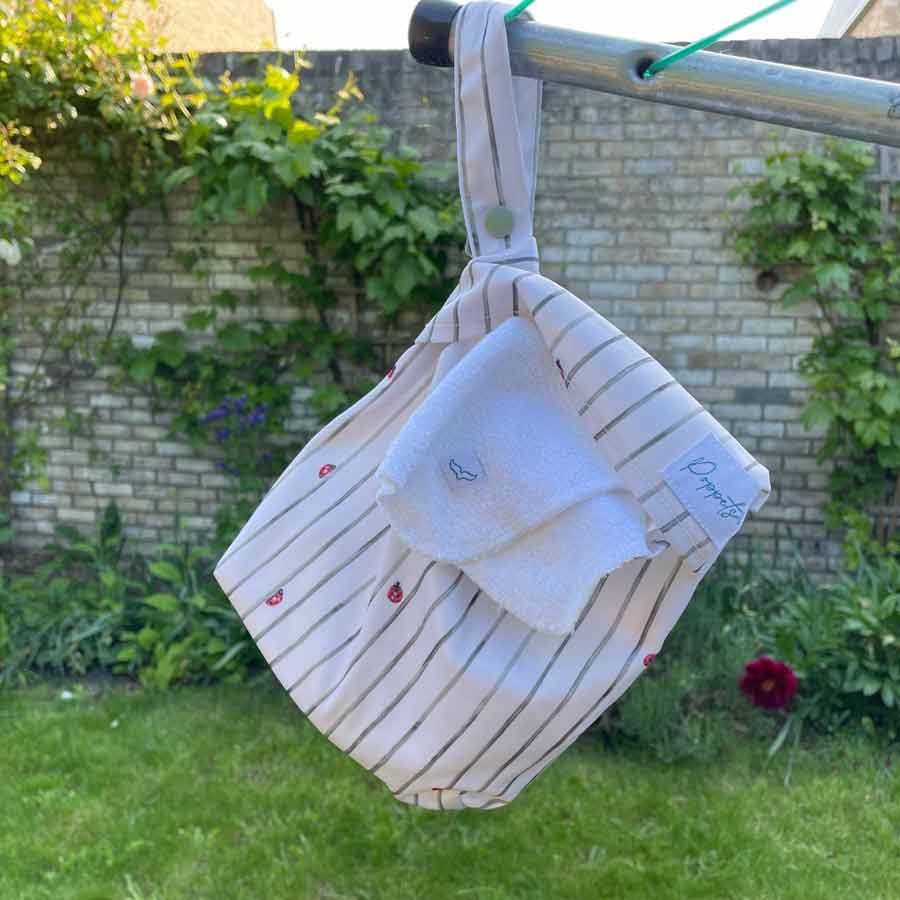
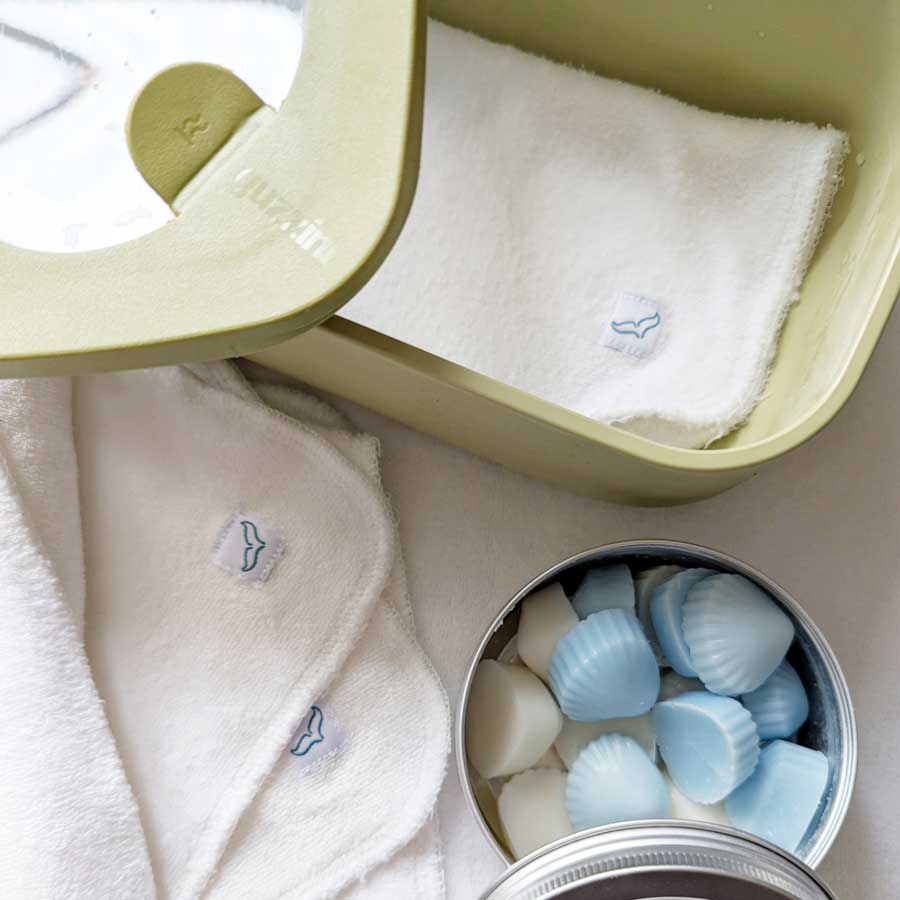
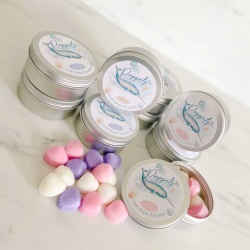

.jpg)
